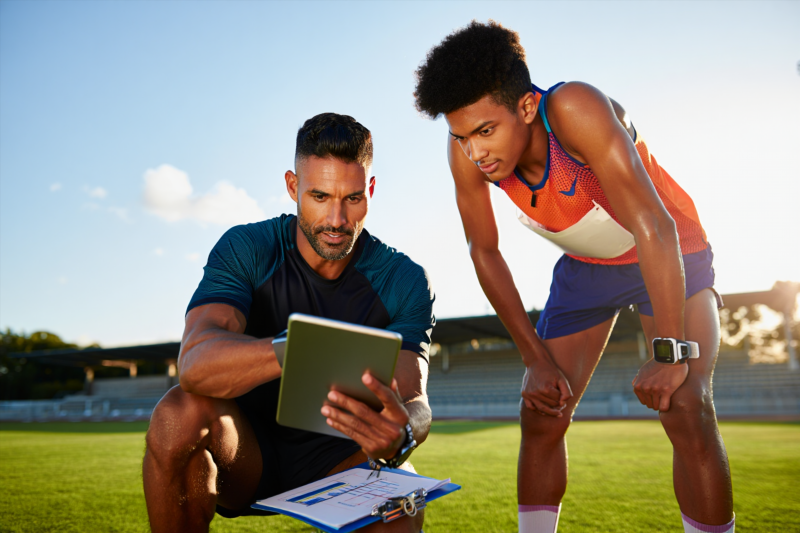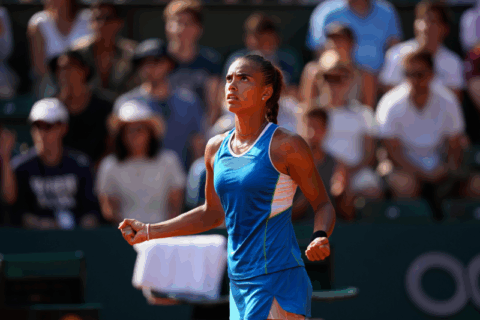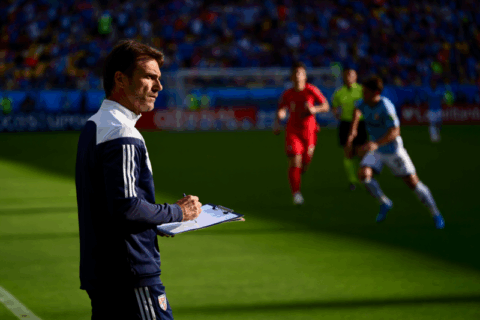
Player Progress Monitoring Tips for Seasonal Performance Improvement
Understanding how to effectively track player progress throughout a seasonal cycle is fundamental to enhancing athletic performance and optimizing training programs. Whether you are a coach, sports scientist, or dedicated athlete, implementing precise monitoring strategies can reveal insights that drive tangible improvements. This guide explores proven methods and expert tips to help you oversee athlete development, ensuring that every training period aligns with peak performance goals.
Why Monitoring Player Progress Matters
Before delving into specific techniques, it’s crucial to recognize the importance of consistent progress tracking:
- Informed Decision-Making: Data-driven insights allow for tailored training adjustments.
- Motivation & Engagement: Visible progress fosters athlete motivation.
- Prevention of Overtraining: Monitoring helps prevent injuries by identifying signs of fatigue or burnout.
- Effective Periodization: Accurate monitoring supports optimal allocation of training loads throughout the season.
Key Components of Player Progress Tracking
Effective progress monitoring encompasses various metrics and tools. Here are the major components you should consider:
1. Physical Performance Metrics
- Speed & Agility Tests: 40-meter sprints, T-tests.
- Strength Assessments: One-rep max, isometric strength tests.
- Endurance Measures: Yo-Yo tests, beep test.
2. Technical & Tactical Skills
- Skill Drills Performance: Ball control, passing accuracy.
- Game Analysis: Video review, positional effectiveness.
3. Physiological Data
- Heart Rate Variability (HRV): Stress and recovery levels.
- Sleep & Nutrition Data: Rest quality, dietary intake.
- Biomarkers: Cortisol levels, lactate thresholds.
4. Subjective Feedback
- Perceived Exertion Scales: RPE (Rate of Perceived Exertion).
- Wellness Questionnaires: Mood, fatigue, motivation.
Effective Methods for Monitoring Athlete Development
Implementing a combination of the following techniques ensures comprehensive assessment:
A. Regular Testing & Benchmarking
- Conduct standardized tests at pre-defined points in the season, such as preseason, midseason, and postseason.
- Use consistent protocols to accurately gauge progress and regression.
B. Utilization of Wearable Technology
- Devices such as GPS trackers, accelerometers, and heart rate monitors provide real-time data.
- These tools allow continuous tracking during training and matches.
C. Video Analysis
- Record athlete performances to analyze technique, decision-making, and tactical awareness.
- Use software to annotate and compare footage over time.
D. Performance Logs & Athlete Journals
- Encourage athletes to document daily training feelings, fatigue levels, and motivation.
- Track subjective data that often predict performance trends.
E. Data Integration Platforms
- Leverage sports analytics software to consolidate physical, physiological, and subjective data.
- Facilitates comprehensive trend analysis and decision-making.
Expert Tips for Optimizing Your Monitoring Strategy
To maximize the benefits of athlete tracking, consider these professional recommendations:
1. Customize Monitoring Protocols
Tailor assessments to the specific sport, athlete position, and individual needs.
2. Focus on Qualitative and Quantitative Data
Combine hard data (performance metrics) with insights from athlete feedback to create a holistic view.
3. Use Periodization to Structure Monitoring
Align testing phases with different season segments—preseason, in-season, and postseason—for relevant insights.
4. Foster a Culture of Transparency
Encourage honest feedback from athletes; their subjective input can reveal early signs of fatigue or discontent.
5. Regularly Review & Adjust Training Plans
Use collected data to refine training loads, recovery protocols, and tactical strategies.
Common Questions About Player Progress Monitoring
How often should I monitor player progress?
A frequency of bi-weekly to monthly assessments works best for capturing meaningful changes without causing assessment fatigue.
What tools are essential for effective monitoring?
Start with wearable devices, performance tests, and a good data management platform; the specific tools depend on resource availability.
How do I interpret progress data effectively?
Look for consistent improvements, identify stagnation or decline, and correlate data trends with training adjustments.
Can monitoring prevent injuries?
Yes, by detecting signs of overtraining or fatigue early, proactive interventions can reduce injury risk.
Monitoring player progress throughout a seasonal cycle isn’t just about collecting data — it’s about translating insights into actionable strategies that elevate performance. By integrating regular assessments, leveraging technology, and fostering open communication, coaches and athletes can align training loads with individual needs, accelerate development, and achieve peak performance at the right moments.
Start implementing these expert tips today and turn data into your competitive advantage. For more in-depth guides and tailored solutions, explore our comprehensive training programs and analytics platforms designed to keep your athletes ahead of the game.
Take action now: Schedule a consultation with our sports performance specialists to customize your player progress monitoring system and unlock your team’s true potential.


